A fender panel is a frame made primarily of steel, which is fixed to the front of a rubber fender to lower the average face pressure. A rubber fender with a panel has the disadvantages of complex design due to the increase in the number of system parts such as the panel, pads and chains; however, it also has several advantages, as listed. With the increase in the size of vessels, several large fenders have been equipped with fender panels.
(1) The average hull pressure can be adjusted.
(2) The rubber is not in direct contact with the vessel hull.
(3) The system demonstrates satisfactory performance, even in the case of partial contact with projections on the hull.
(4) It is possible to adjust the panel length and number of fenders per panel.
The shape of rubber fenders varies depending on the manufacturer. Several examples are shown in the following pictures.
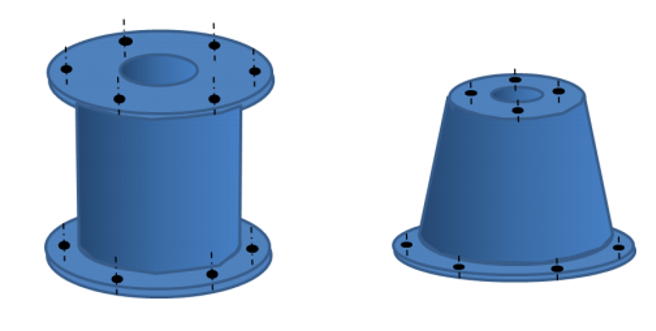

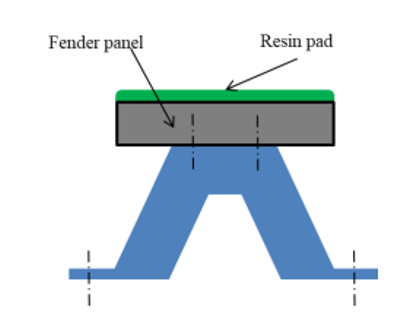
There are no specific criteria regarding whether a rubber fender should be fitted with fender panels. Panels are often installed if there is an allowable limit for the hull pressure. The considerations for hull pressure are described. Even if there is no restriction regarding the hull pressure, a fender panel may be required when a large contact area is required, for example, in the case of fenders for ferries
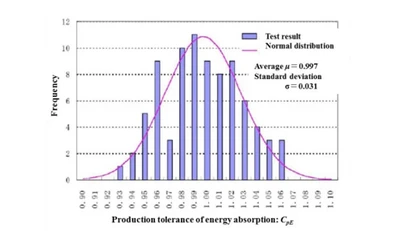 Performance of rubber fendersDecember 16, 2024In the design process, the performance of rubber fenders is considered in terms of deflection-reaction force characteristics in compression and the energy absorption calculated from these characterist...view
Performance of rubber fendersDecember 16, 2024In the design process, the performance of rubber fenders is considered in terms of deflection-reaction force characteristics in compression and the energy absorption calculated from these characterist...view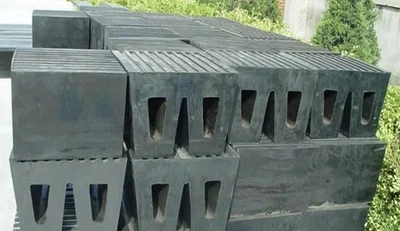 Unleashing the Power of Tug & Boat Rubber FendersOctober 17, 2024Tug & Boat Rubber Fenders are essential components in the maritime industry, providing critical protection for vessels during docking and maneuvering. Tonly Rubber, a reputable brand known for its...view
Unleashing the Power of Tug & Boat Rubber FendersOctober 17, 2024Tug & Boat Rubber Fenders are essential components in the maritime industry, providing critical protection for vessels during docking and maneuvering. Tonly Rubber, a reputable brand known for its...view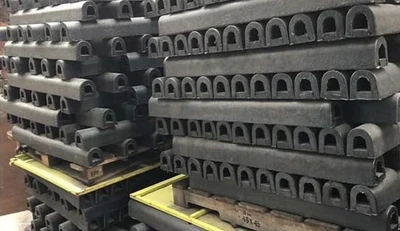 How to improve the wear resistance of D-type rubber fender?December 16, 2024The method to improve the wear resistance of Type D rubber fender is as follows:a. Choose polyurethane rubber, natural rubber, butadiene rubber, styrene butadiene rubber, neoprene rubber, nitrile rubb...view
How to improve the wear resistance of D-type rubber fender?December 16, 2024The method to improve the wear resistance of Type D rubber fender is as follows:a. Choose polyurethane rubber, natural rubber, butadiene rubber, styrene butadiene rubber, neoprene rubber, nitrile rubb...view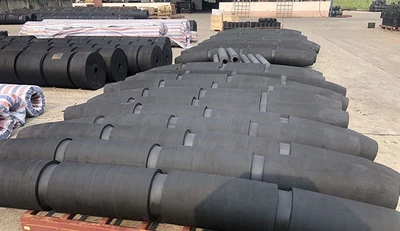 Guidelines for the Maintenance of Rubber FenderDecember 16, 2024The marine rubber fender is a very important maintenance item in the ship's post. However, all ships sailing must be equipped with marine fenders, so as to ensure the personal safety of the person...view
Guidelines for the Maintenance of Rubber FenderDecember 16, 2024The marine rubber fender is a very important maintenance item in the ship's post. However, all ships sailing must be equipped with marine fenders, so as to ensure the personal safety of the person...view